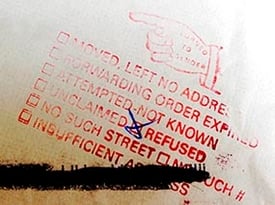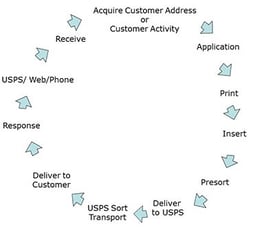
“Keep thy shop, and thy shop will keep thee.” Benjamin Franklin.
I was channel surfing the other day, and came across a repeat of one of my favorite television shows - American Hot Rod. The show followed the inner workings of the late Boyd Coddington’s garage as they built custom hot rods for exclusive clients. Broken equipment, unforeseen delays and personality clashes had to be overcome in order to complete the project correctly and on-time.
Sounds like the everyday life of anyone who works in mail.
Over the last decade some people in the print/mail industry have compared mail operations to factories. Software and hardware vendors have “Automated Document Factory” or “ADF” solutions. Companies rename their print/mail departments to “Bill Factories” or “Document Factories.” Some conferences have entire tracks of classes dedicated to the ADF.
I’ve never liked the term “ADF”. It sounds good. But what does it mean? Few people can tell you exactly what an ADF is. If you don’t believe me, ask anyone who says they have an ADF, or vendors who claim to have an ADF solution. Every person you speak to will have a different answer.
I’ve sought alternatives to the ADF, and even proposed a few. I’ve written about the “Digital Document Command Center” and given talks on how print/mail managers should take their lead from the U.S. Army. Some people criticized my ideas as having “too militaristic a tone”.
Maybe a better role model would be mechanics. And you don’t have to watch American Hot Rod to understand the similarities. If you’ve ever owned a car, you’ve probably had to deal with a mechanic at least once. Probably more than once. Besides, aren't many mail operations called “shops”?
Mechanics are excellent role models because like mail operations:









